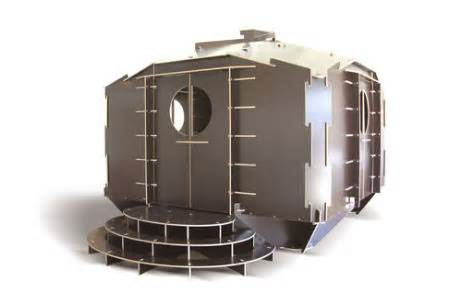
|
What they should do is called sheltering-in-place. Keep reading to find out when it is used and how to prepare workers to do it.
Why Shelter-in-Place?
In some workplaces, shelter-in-place is the default response to an emergency, with evacuation as a backup measure no one wants to have to resort to. Generally, these workplaces—called shelter-in-place occupancies—involve patient or client populations that are difficult or dangerous to move. Common shelter-in-place facilities include:
- Hospitals
- Nursing homes
- Prisons
Train employees to respond to an active assailant attack in ways that can minimize their risk of injury and death. Join us for just 30 minutes on Friday, March 27, for our webinar, Active Assailants in the Workplace.
Situations may also arise in which workers are safer staying where they are than leaving the building. These may include:
- Active shooter situations, during which law enforcement will ask people to shelter-in-place in order to minimize targets for the shooter, and to enable police to search for the shooter without jeopardizing other people in the area.
- Environmental disasters—for example, a train wreck that releases hazardous chemicals may make leaving the building more dangerous than staying inside.
Shelter-in-Place Occupancies
At a shelter-in-place occupancy such as a hospital, workers may be required to stay put when there is an internal threat, such as a fire, that would normally result in evacuation. Because of this, these facilities are generally constructed with features that enable them to be compartmentalized in the event of a fire. The response to a fire in such a workplace is sometimes summarized by the acronym “RACE”: Rescue, Alarm, Confine, Extinguish/Evacuate.
Join us on Friday, March 27, and our presenter Bill Gage, a former U.S. Secret Service agent, will show you how to identify 5 critical components for increasing the chances of surviving an active assailant incident. Register Now!
- Rescue: Remove anyone who is in immediate danger to a safe area—generally, an area beyond the nearest fire wall or fire door.
- Alarm: Activate the facility’s alarm, to let everyone know of the danger.
- Confine: Close doors to slow the spread of fire and smoke. Remove unneeded items from hallways and corridors in order to minimize the spread of fire and clear a path for emergency workers.
- Extinguish/Evacuate. If possible, extinguish the fire or wait for the all-clear signal; if not, prepare for evacuation.
Tomorrow, we’ll look at sheltering-in-place for active shooter or environmental contamination scenarios.
